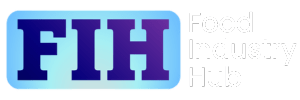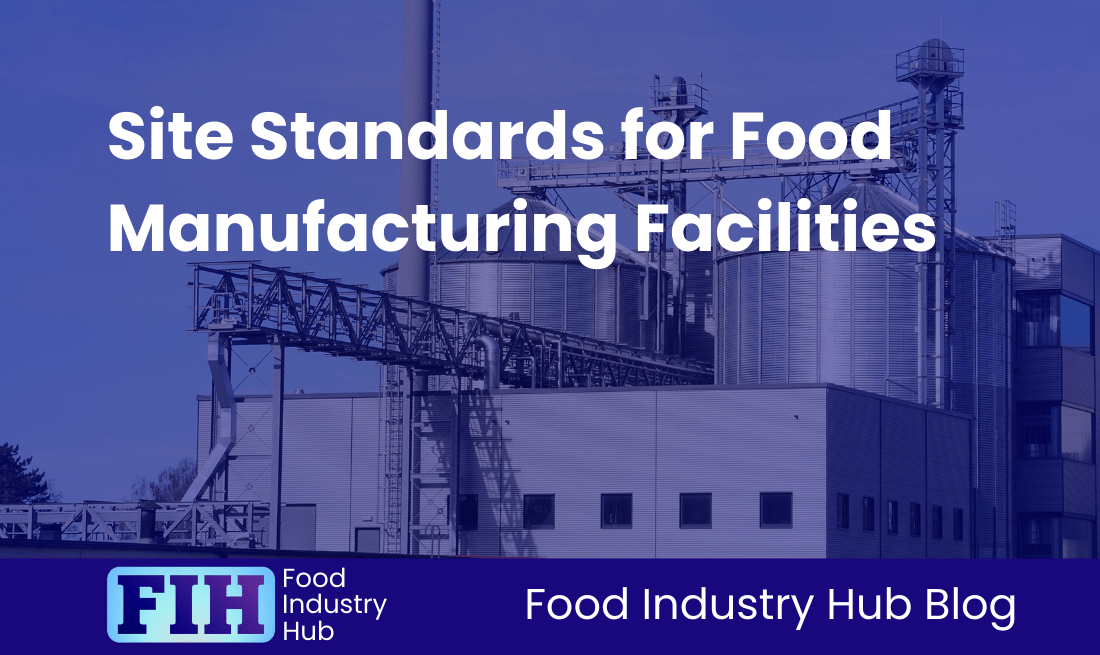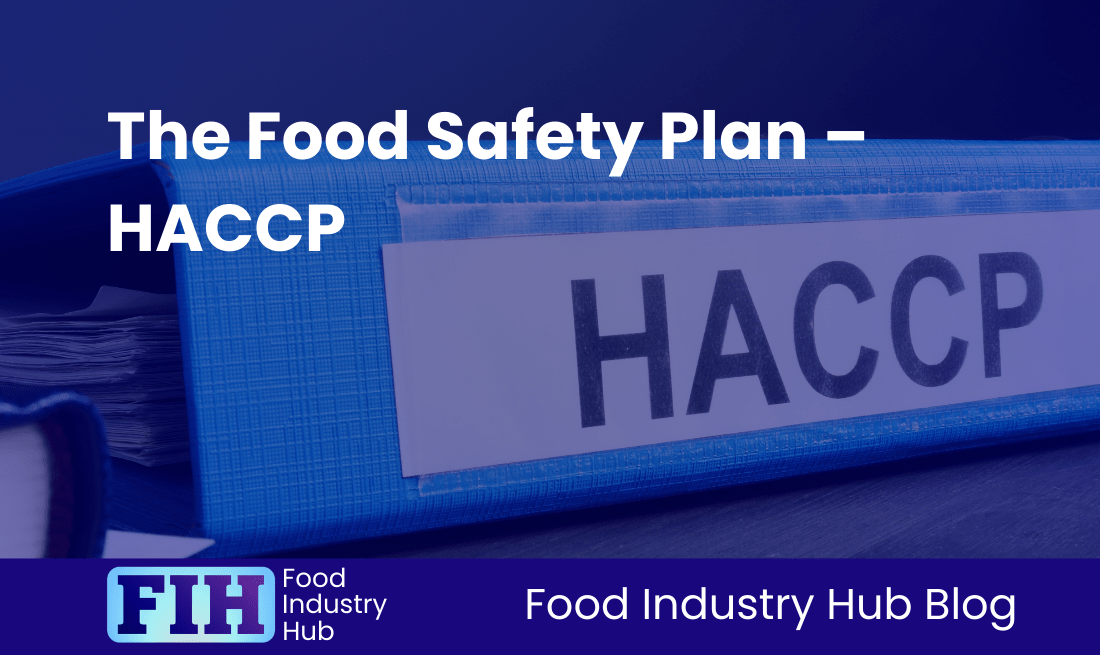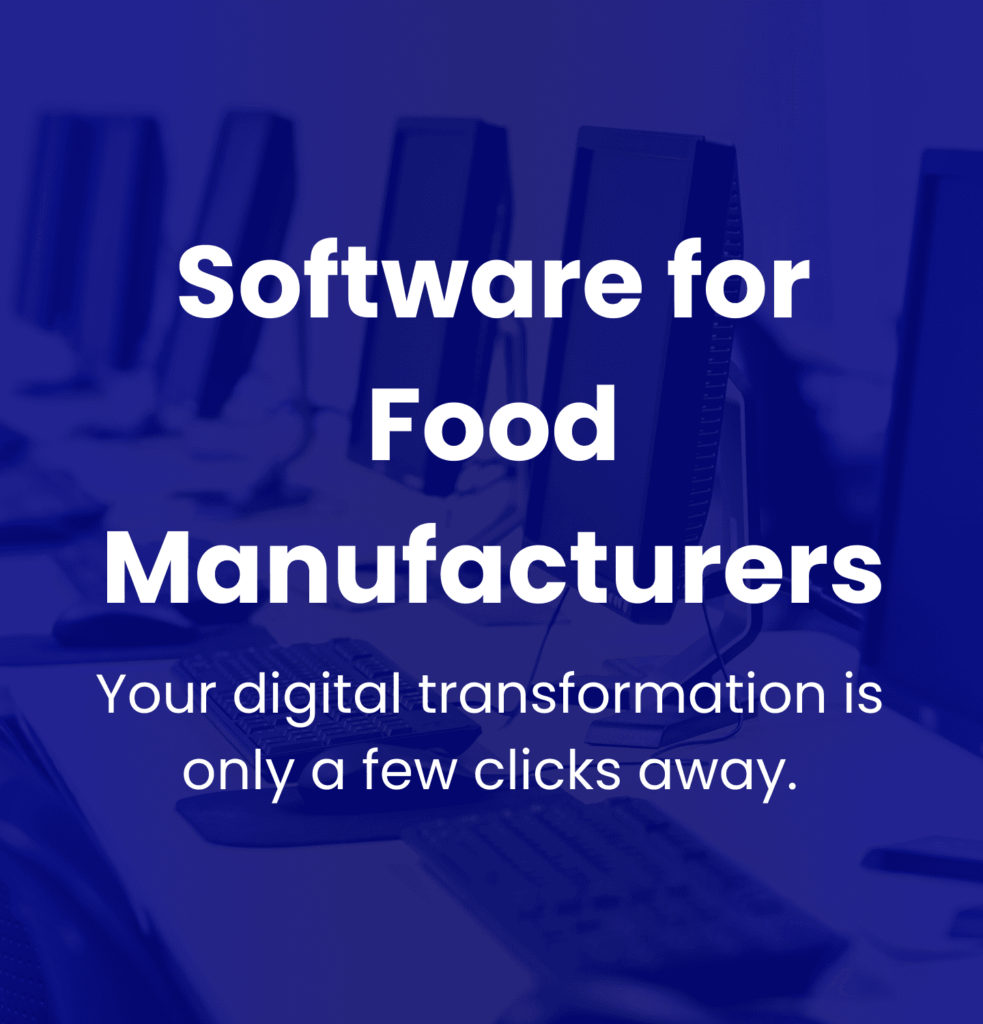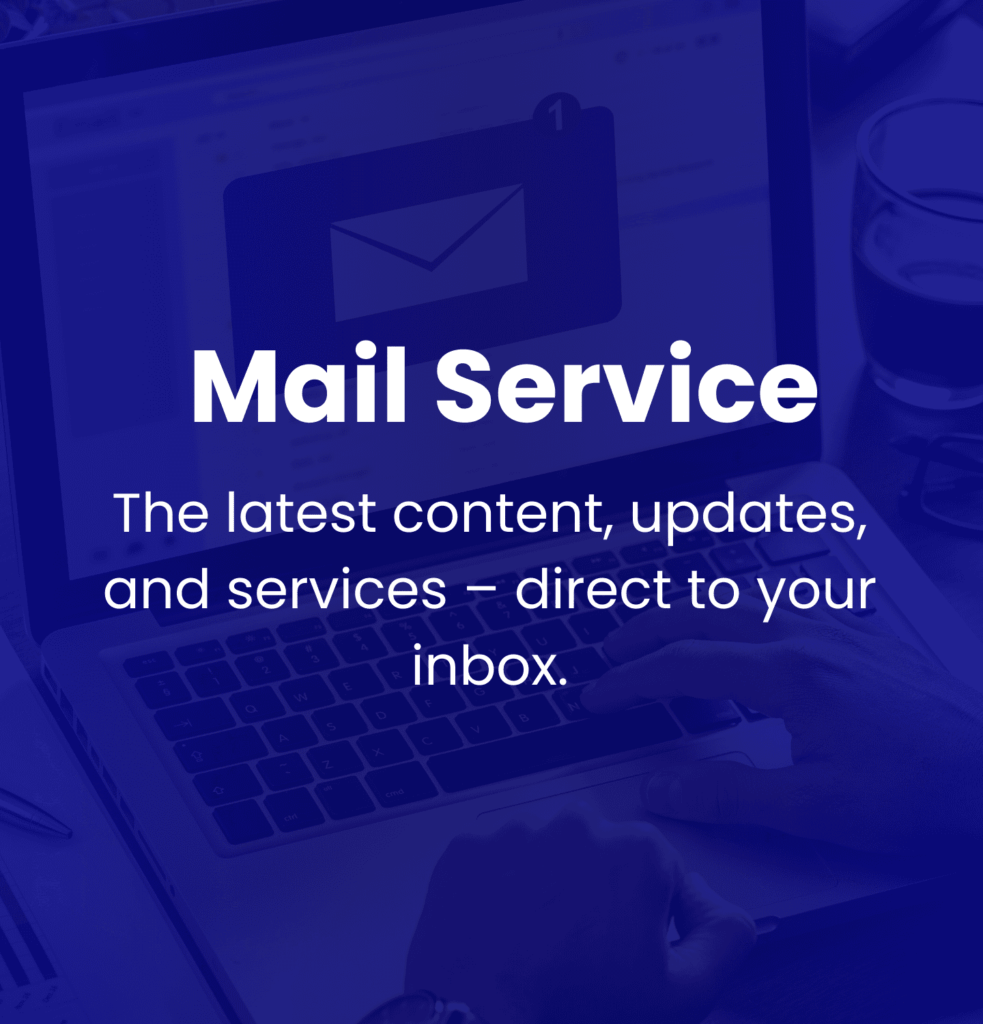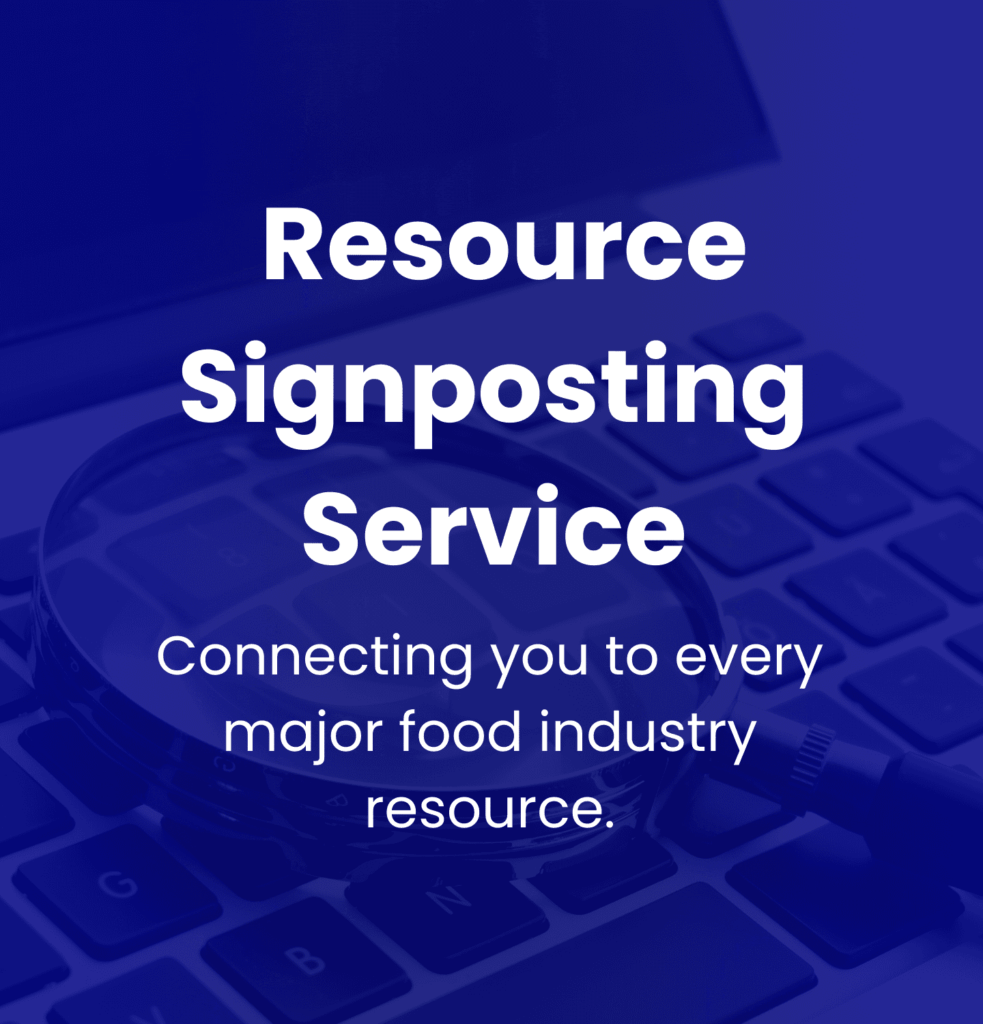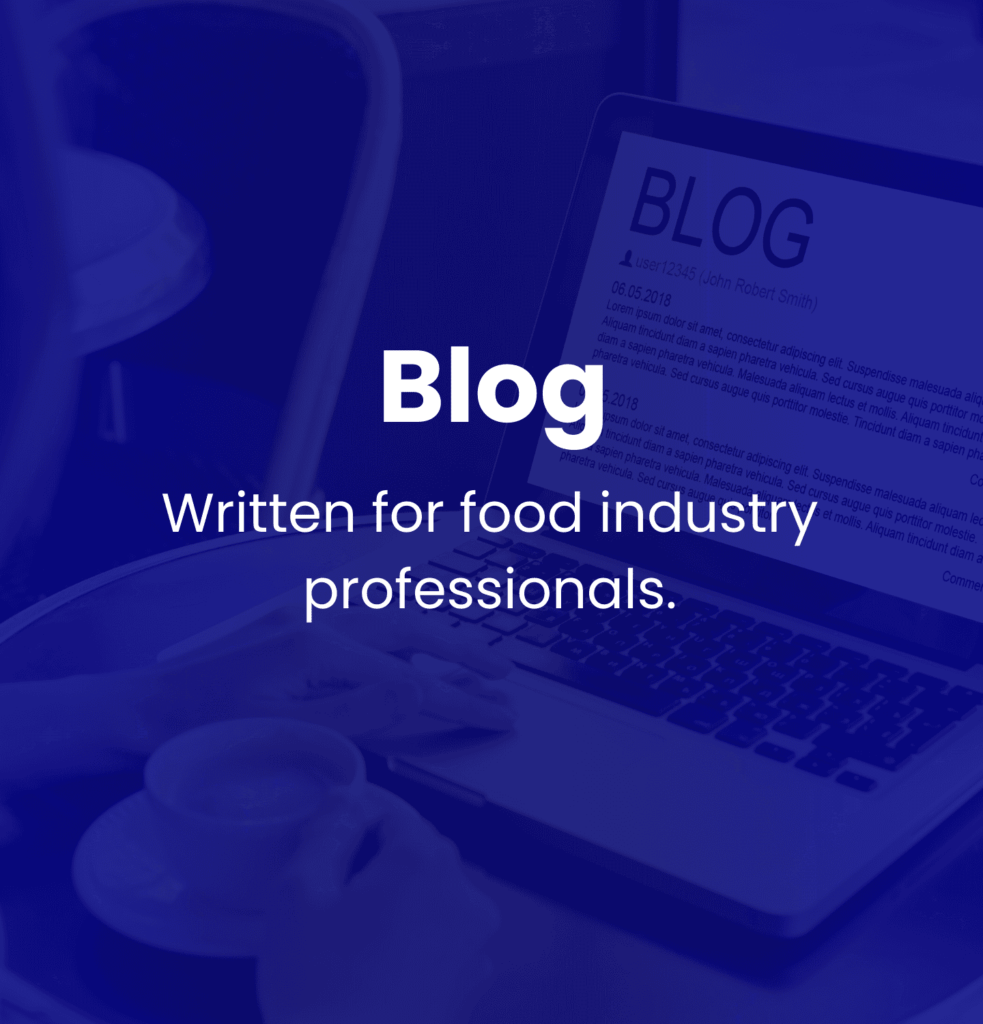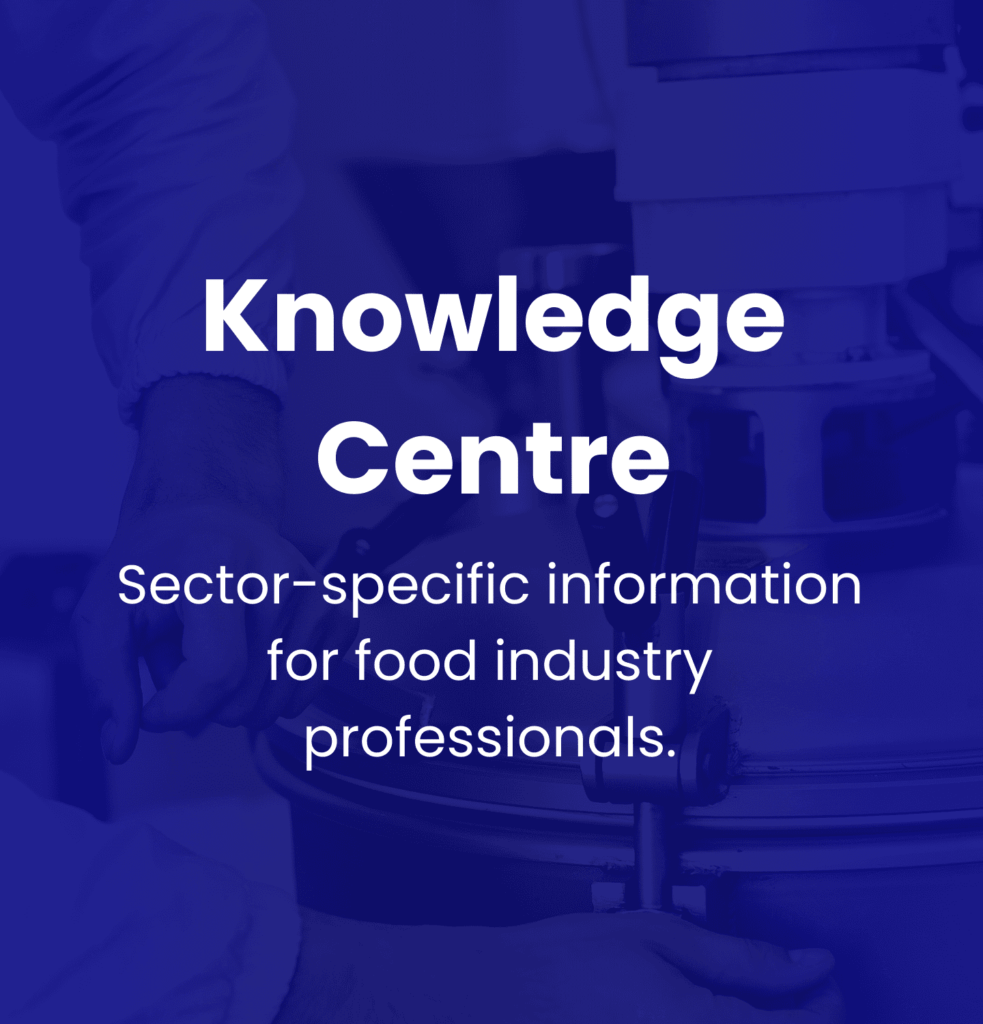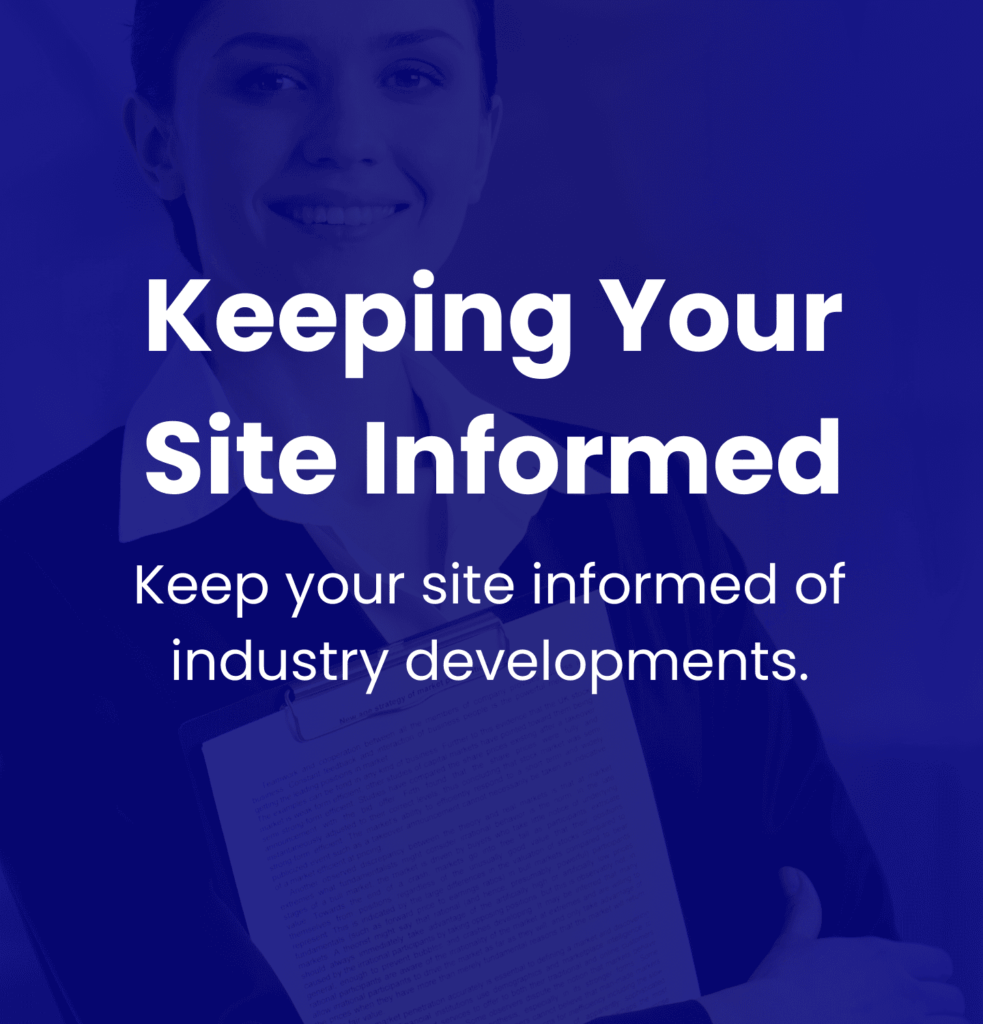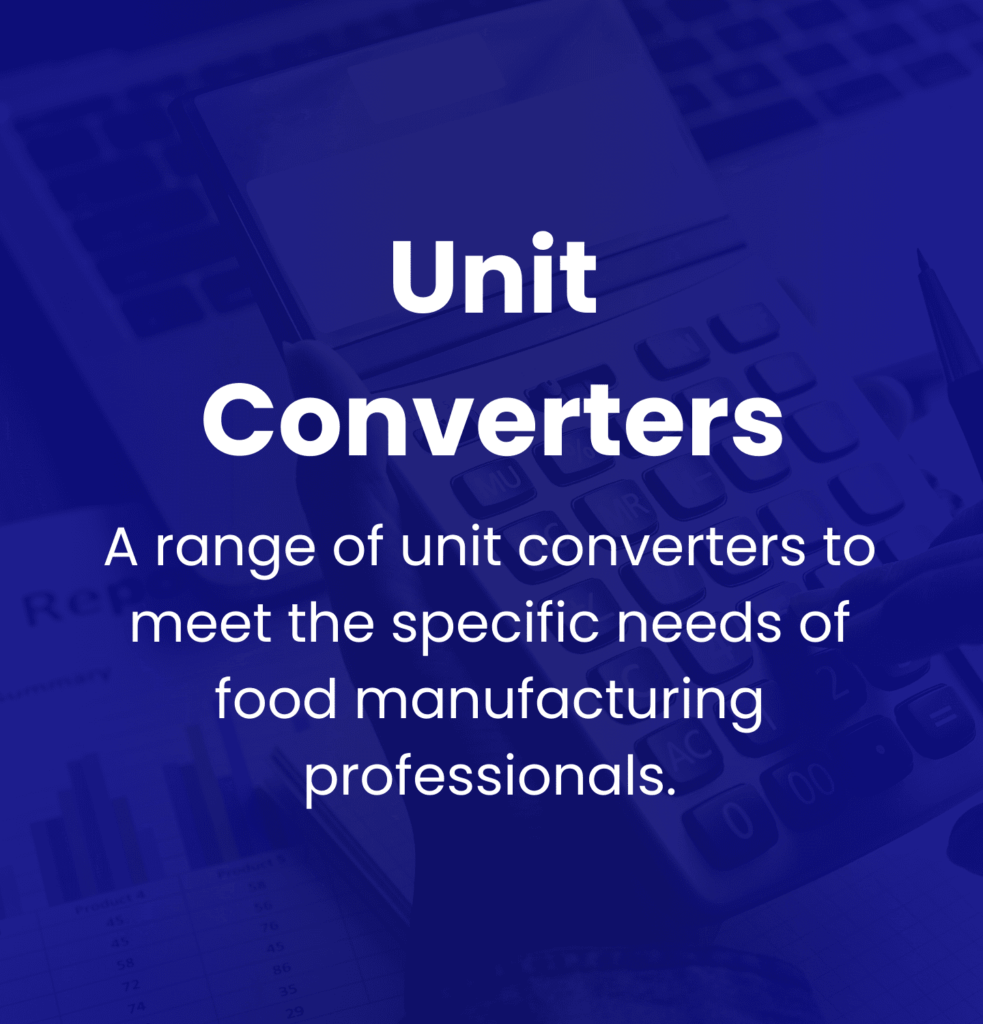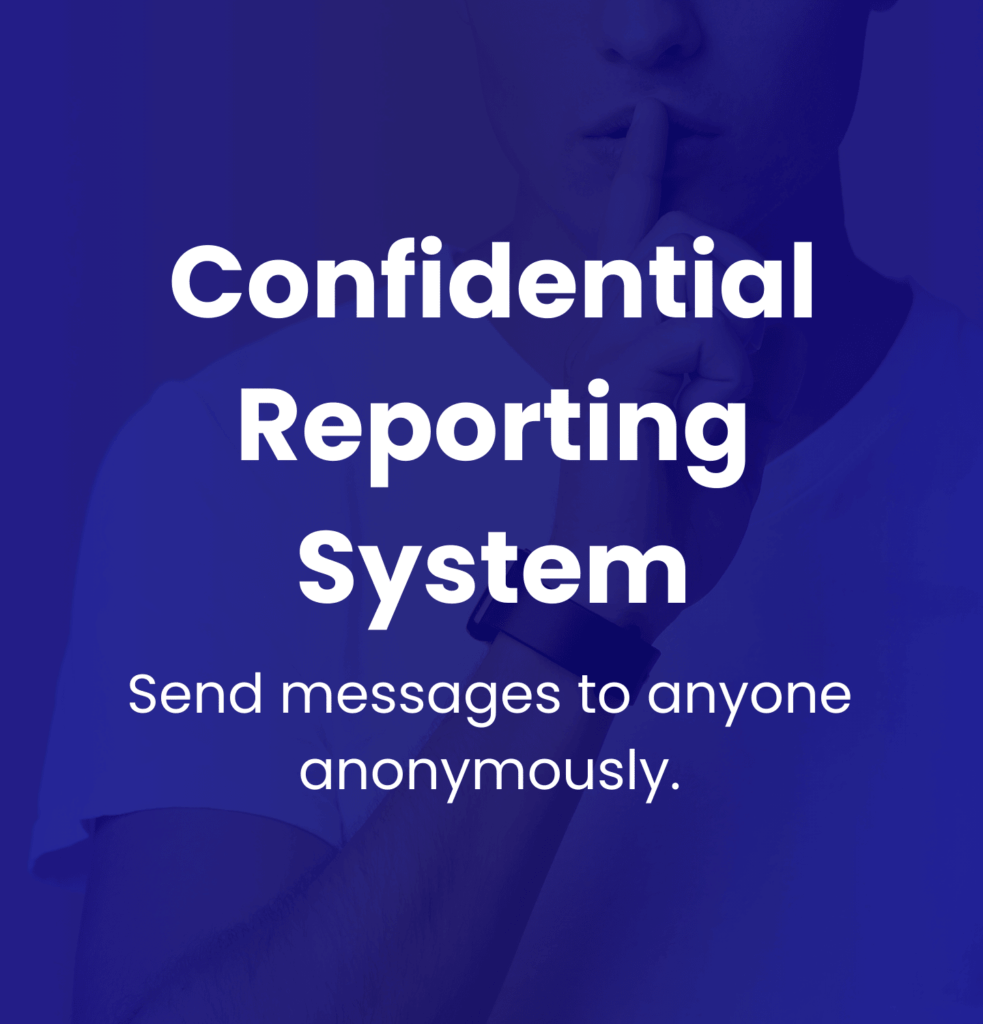Know: Allergen Cleaning Validation
Contents
Introduction
Key Takeaways
Understanding the Core Objective of Allergen Cleaning Validation
Creating a Robust Allergen Risk Assessment and Mapping System
Ensuring Regulatory and Standards Compliance
Effective Cleaning Protocols and Chemical Efficacy
Integrating Hygienic Equipment Design in Cleaning Protocol
Verification and Ongoing Monitoring
Organizational and Training Requirements
The Future of Allergen Testing
Global Applicability Considerations
Conclusion
Introduction
The food industry is currently tackling a significant issue: allergen cross-contamination prevention. A rise in allergen-related incidents has been observed, causing product recalls and posing substantial health risks to customers. This trend is a strong indication of the pressing need for effective allergen management strategies, including allergen cleaning validation. The latter ensures cleaning processes effectively remove allergens from food contact surfaces and equipment.
Allergen cleaning validation is the process of providing evidence that a cleaning regimen consistently and effectively removes allergen residues. This practice is essential to any food safety system, contributing to the reduction of cross-contamination risks and protection of consumer health. In the validation process, testing in challenging or worst-case scenarios is often utilised to ensure the cleaning methods can handle even the most demanding conditions.
Emphasising the importance of allergen cleaning validation is necessary; it holds a position of key importance in maintaining food safety, quality and compliance to legal standards. In facilities producing allergen-free goods, cleaning procedures confirmed to be effective are fundamental to prevent accidental allergen inclusion, which could have grave legal and health consequences. The implementation of these validated practices is enforced by regulatory bodies to adhere to food safety benchmarks.
This article will shed light on various key themes related to allergen cleaning validation. We’ll give consideration to the primary objective of validation, detailing the specific aims and challenges faced by cleaning procedures. Additionally, we’ll touch upon allergen mapping and risk assessment to demonstrate how identifying potential allergen sources can inform cleaning strategies. Emphasis will also be laid on conformance to regulatory standards as well as on evaluation of cleaning protocols and the effectiveness of cleaning chemicals. The influence of hygienic equipment design on cleanliness and potential allergen retention will be considered, as will verification and continuing monitoring, to ensure the long-term effectiveness of cleaning.
Other integral themes we’ll explore include the organisational and training requirements for maintaining a robust allergen control system; the impact of new technologies on allergen testing, and the broad influence of allergen cleaning validation in global food safety practices.
As we examine these significant subjects, it becomes evident that the approach to allergen management is undergoing change, calling for increased vigilance and commitment from all involved parties in the food manufacturing sector.
Key Takeaways
In the context of food manufacturing, understanding the difference between validation and verification forms an integral part of thorough food safety protocols. Validation considers the scientific proof that determines if a cleaning process, when carried out correctly, mitigates allergen risks effectively. It addresses whether the correct procedures are in place to handle these potential hazards. Verification, on the other hand, assures that these validated methods are consistently implemented and function as expected. This process involves regular assessments and supervision to confirm that the cleaning operations successfully eliminate allergen residues, thereby protecting consumer health.
Importance of Regulatory Compliance
Adherence to regulatory requirements stands as a cornerstone in the management of risk in food safety. Conforming to these established standards helps food manufacturers to enforce effective allergen control measures. Regulatory bodies emphasise minimising reliance on precautionary labelling. Instead, they advocate strict observance of Good Manufacturing Practices (GMPs) to reduce allergens and avoid cross-contamination. Such concerted compliance not only safeguards consumers but also bolsters brand reputation and strengthens consumer trust.
The Role of Hygienic Equipment Design
Another aspect of significance is the clean design of the equipment used in food processing. Equipment that supports easy cleaning, typically characterised by smooth surfaces and designs that limit hidden spaces, contributes largely to the success of allergen cleaning validation. Well designed equipment reduces chances of allergen retention, thereby making cleaning more efficient and reliable – a key factor in achieving effective validation.
Continuous Monitoring and Training
Continual monitoring and training are indispensable components for maintaining the effectiveness of allergen cleaning validation. Regular checks of cleaning methods enable immediate corrective actions when needed, thereby averting potential cross-contamination threats. At the same time, continual training ensures that all staff members are kept updated with the most recent protocols and practices. This facilitates the preservation of the validation and verification processes over time. By adopting these practices, food manufacturers can maintain high standards of food safety, thereby protecting consumers and securing compliance with industry regulations.
Food Industry Hub Management Systems can significantly boost the effectiveness of your food safety and quality management system, leading to improved confidence and elevated quality assurance throughout your operations.
Understanding the Core Objective of Allergen Cleaning Validation
The main goal of allergen cleaning validation is to prove that a cleaning protocol consistently and effectively removes allergen residues from shared production equipment and surfaces. This validation forms an important component of risk management to minimise cross-contamination, which can lead to severe allergic reactions in consumers.
An effective validation process demonstrates that cleaning procedures are reliable and can achieve specified levels of allergen reduction. This level of reassurance helps achieve compliance with safety standards and cuts down the need for precautionary allergen labeling on products. As a key factor, this core objective significantly contributes to consumer safety in the food manufacturing sector by providing an assurance that no trace allergens are present in products intended for consumers.
The Importance of Worst-Case Scenario Testing
Worst-case scenario testing plays a key role in the allergen cleaning validation process. This strategy involves choosing the hardest conditions such as allergens that are difficult to clean, abundant or high in protein content. Conducting these stringent tests allow manufacturers to measure cleaning effectiveness under these challenging scenarios.
If a cleaning protocol can effectively remove these problematic allergens, it follows that it will also eradicate less challenging allergens. This approach not only broadens the application of validation results but also decreases the need to validate every single allergen independently, thus strengthening overall risk management. By concentrating on the most demanding conditions, manufacturers can ensure that their cleaning protocols are not just effective, but also robust enough to handle potential allergen cross-contamination risks.
An Overview of Quantitative Testing Methods
Quantitative testing methods offer valuable insights into the effectiveness of allergen cleaning processes. Two key methodologies are:
1. Enzyme-Linked Immunosorbent Assay (ELISA):
ELISA is a lab technique known for its sensitivity and accuracy in detecting allergenic proteins. By quantifying specific allergen levels in samples, ELISA helps food manufacturers establish a clear benchmark for cleaning effectiveness. During validation processes, it offers precise measurements, thereby ensuring that allergenic residues are reduced to acceptable levels.
2. Lateral Flow Devices (LFDs):
While LFDs might be less precise than ELISA, they provide a fast, qualitative method beneficial for on-site verification checks. These portable tests offer quick results, especially useful for everyday monitoring of cleaning effectiveness, enabling facilities to quickly determine whether cleaning protocols remain effective over time.
Although LFDs do not typically replace the rigorous processes associated with initial validation, they form an indispensable part of an ongoing assessment strategy.
Together, ELISA and LFDs play vital roles in the management of allergens, with ELISA being vital for validation, while LFDs support continuous verification efforts in food manufacturing environments. This multifaceted approach to allergen cleaning validation not only meets compliance requirements but also protects consumer health in the marketplace.
Creating a Robust Allergen Risk Assessment and Mapping System
Allergen mapping is a significant tool for effective allergen management in the food manufacturing industry. This visual documentation helps identify the locations where allergens are handled and stored, highlighting potential points of cross-contact risks in products.
The Significance of Allergen Mapping
The mapping process commences with the identification of allergen sources. This involves the detailed examination of raw materials and other inputs, such as processing aids. Remember, even minor components like certain spices and preservatives can pose significant allergy risks and shouldn’t be overlooked. It’s essential to verify this information against supplier specifications, ensuring both completeness and accuracy.
Following this is the creation of facility floor plans outlining production areas, storage spaces, and shared equipment, all of which can contribute to cross-contamination. Being aware of these elements allows for more strategic allergen segregation and the formulation of effective tactics to mitigate contamination risks. Regular updates to these maps are necessary for a sustainable allergen management programme.[Source: BSI Group] [Source: PMC]
Risk Matrix Development
Crafting a risk matrix allows an effective and organised approach to assessing and ranking allergens based on their potential for cross-contact and severity of allergic reactions. The process begins with hazard identification, cataloguing all allergens associated with the manufactured products. This is followed by assessing the potential cross-contact likelihood, taking into account the production process and characteristics of the allergen, such as its form (powdered, particulate etc.).[Source: IFST]
Then, each allergen is assigned scores for severity and likelihood. The resulting numerical ratings enable manufacturers to focus their efforts on the highest-risk allergens. It’s important to devise control measures based on this matrix and routinely review these measures to ensure their ongoing effectiveness.[Source: Allergen Bureau]
Tracing from Ingredient to Product
A cornerstone of allergen risk management is the capacity to track ingredients through the supply chain. This allows manufacturers to pinpoint the origin of allergens and monitor potential contamination risks at each stage of processing, from sourcing and transport to final product packaging.
Maintaining transparent communication within the supply chain is essential. Manufacturers need to engage closely with suppliers about their allergen control measures and implement effective scheduling and production practices. For instance, running non-allergenic products before allergenic ones can significantly decrease the cross-contact risk.
Lastly, the importance of staff education and training on allergen management protocols cannot be overestimated. Human error is a leading cause of contamination incidents, so all employees must be aware of allergen risks and proper handling techniques to ensure safety and compliance within the food manufacturing landscape.
Sign-up for the Food Industry Hub Mail Service
We regularly produce new content for food industry professionals, and the Food Industry Hub Mail Service is the best way to stay up to date with the latest additions.
Signup today to be added to the Food Industry Hub mailing list.
Ensuring Regulatory and Standards Compliance
Global Regulatory Frameworks Overview
In allergen management, achieving compliance with regulatory frameworks is necessary for those manufacturing food products. Notable regulations and assurance standards such as that put forth by the FDA (Food and Drug Administration) in the United States, as well as the GFSI (Global Food Safety Initiative), hold significant sway. The FDA operates under the Food Allergen Labeling and Consumer Protection Act (FALCPA), which necessitates the labeling of primary food allergens including milk, eggs, fish, shellfish, tree nuts, peanuts, wheat, soybeans, and sesame. Achieving efficient compliance with these rulings is key to shielding consumer safety and curtailing allergen-related incidents within the food supply [Source: FDA].
While not a regulatory body in the traditional sense, the GFSI forms a framework for food safety standards respected worldwide. Many globally recognised schemes, such as BRCGS, demand comprehensive validation of cleaning procedures to preclude allergen cross-contamination. Adherence to the GFSI standards has become increasingly anticipated by retailers and customers, making it indispensable for organisations to devise effectual cleaning validation protocols to satisfy regulatory expectations [Source: Romer Labs].
UK/EU and USA Regulation Variations
Allergen management’s regulatory environment differs considerably between the UK/EU and the USA. In the UK and European Union, the regulations for allergen management are thorough and hard-hitting. The EU stipulates detailed allergen labeling, compelling food producers to visibly declare the presence of allergens on packaging. Applicable standards reinforce the necessity of comprehensive cleaning validation to guarantee that allergens get effectively eradicated during the food processing stages.
In contrast, the USA’s FDA governs allergens predominantly through the labeling requirements detailed in the FALCPA. However, the U.S. does not possess explicit, broad regulations guiding cleaning validation, rendering the approach to allergen management less integrated than that of the EU. This difference underlines the need for U.S. manufacturers to assimilate best practices from EU standards while abiding by the existing U.S. regulations.
Importance of Documentation
Proper documentation is central to demonstrating compliance with allergen regulations. Extensive validation documentation ensures cleaning processes are successful in removing allergens. This involves comprehensive records of cleaning validation studies, detailing methodologies, testing results, and the parameters used to verify effectiveness. These records are necessary for compliance audits and demonstrate a commitment to maintaining regulatory standards [Source: RSSL].
Persistent verification records hold equal importance. By continuously scrutinising and testing cleaning processes, facilities can ascertain that their methods remain effective over time. A regular approach to documentation aids transparency during inspections, proving adherence to frameworks like GFSI as well as FDA guidelines. This meticulous documentation eventually reinforces allergen management practices, facilitates continuous improvement, and sequentially ensures consumer safety in the food sourcing and manufacturing process.
Effective Cleaning Protocols and Chemical Efficacy
Cleaning protocols of high efficacy are fundamental for allergen cleaning validation within food manufacturing processes, assuring surfaces are devoid of contaminants that could bring about cross-contamination. Comprehending the function of various cleaning agents and adherence to cleaning best practices can drastically bolster the total safety of food products.
Role of Cleaning Agents
Cleaning agents play a pivotal role in successful cleaning processes. They come in different types, each with a distinct role:
- Surfactants: These agents lower the surface tension of water, enabling it to penetrate surfaces more efficiently and remove dirt and stains. Soaps and detergents are frequently used surfactants, often included in blend formulations to amplify cleaning efficiency.
- Enzymatic Cleaners: Packed with enzymes that decompose organic matter, these cleaners are especially adept at removing food residues that act as allergens. With capabilities to target proteins, fats, and carbohydrates, they ensure comprehensive cleaning [Source: RSSL].
- Solvents: These compounds are effective at dissolving oily and greasy substances. Acetone and alcohol are standard examples that assist in removing stubborn stains.
- Oxidising Agents: Chemicals such as hydrogen peroxide release oxygen to breakdown stains and disinfect surfaces. Their protein denaturing ability is highly useful in allergen cleaning, as they can effectively neutralise allergenic residues.
Significance of Pre-Cleaning Scraping
Pre-cleaning scraping, an initial step that involves the removal of large visible food particles before the application of any cleaning agents, holds an important place in effective cleaning procedures. This step not only prepares surfaces for successful cleaning but also boosts the efficiency of the cleaning agents. Removing gross contamination first, paves the way for a more effective application of the subsequent cleaning solutions reduces the chance of residues being reintroduced during the cleaning cycle. This preliminary step avoids larger particles from getting embedded in equipment, ensuring a higher level of cleanliness, enormously important in minimising allergen cross-contamination risks [Source: Romer Labs].
Keeping Cleaning Tools Clean
Hygienic cleaning tools are fundamental in curbing cross-contamination during cleaning procedures. Adopting best practices for tool maintenance can significantly enhance overall food safety:
- Regular Cleaning: Ensuring tools are thoroughly cleaned after each use is key to preventing allergen accumulation. A blend of warm soapy water followed by sanitising solutions can be highly effective.
- Proper Storage: Maintenance of cleaning tools in a clean, dry place reduces their exposure to contaminants. This limits the likelihood of allergens being reintroduced during successive cleaning efforts.
- Inspection and Replacement: Regular checks for signs of wear and tear or contamination should be conducted. Damaged or compromised tools should be promptly repaired or replaced to maintain their operational efficiency and effectiveness.
By concentrating on these areas, food manufacturers can establish a strong cleaning protocol that not only complies with regulatory requirements but also safeguards consumer safety.
Integrating Hygienic Equipment Design in Cleaning Protocol
The Effect of Surface Texture
Smooth surfaces are considered advantageous for cleaning processes. They provide less room for allergens to cling, improving the effectiveness of the cleaning process. [Source: Food Standards Agency].
Significance of Accessible Dismantling
The approach to dismantle equipment easily for thorough cleaning is instrumental in ensuring optimised cleanability. [Source: Commercial Food Sanitation].
Material Compatibility Considerations
Choosing the correct materials for equipment construction can significantly affect allergen management and cleaning efficacy.
Verification and Ongoing Monitoring
The journey to confirm the efficiency of allergen cleaning processes in food manufacturing hinges on routine testing, an ongoing commitment to changeover audits and trend analysis.
Routine Swab Testing Methods
Routine swabs are vital in verifying the effectiveness of allergen cleaning through two prevalent methodologies – ATP (Adenosine Triphosphate) testing and protein swabs.
ATP testing is a rapid method to measure biological contamination on surfaces by detecting the presence of ATP, a universal marker of organic material such as food residues and microbial presence. Offering immediate results, this method helps to quickly address any areas showing higher levels of contamination. However, ATP testing does not expressly identify allergen residues, hence it should be accompanied by other testing methods like protein swabs [Source: SciGiene].
Contrarily, protein swabs target protein residues, potentially indicating the presence of allergens. Although they do not conclusively affirm allergen presence, a positive protein result suggests potential allergen contamination. By using both ATP and protein swab testing, food manufacturing facilities can conduct a more in-depth evaluation of their cleaning practices for improved allergen management.
Role of Changeover Audits
Changeover audits serve a key role in securing the compliance and success of allergen management practices. By facilitating systematic evaluations after product changes, these audits confirm appropriate cleaning protocols have been followed, which reduces the risk of cross-contamination between different products. Regular audits not only ensure industry standards are maintained but also pinpoint areas requiring improvements in the cleaning process.
Furthermore, these audits reinforce efficient training for staff on proper cleaning and sanitation procedures during product changeovers. This level of education strengthens the facility’s ability to prevent potential allergen cross-contamination.
Importance of Trend Analysis
Trend analysis plays a significant role in the ongoing evaluation of allergen cleaning validation processes. By monitoring data over a period, it is possible to identify patterns relating to cleaning effectiveness, uncovering operational areas that may need attention. This approach allows for timely measures in case of deviations in cleaning efficacy, such as increased ATP levels or persistent protein presence.
Understanding cleaning trends aids the continuous refinement of operational processes, resulting in more efficient resource allocation for better allergen control. Comprehensive documentation from trend analysis not only supports audit preparedness but also showcases adherence to regulatory requirements, thereby creating a strong foundation for effective allergen management strategies.
Organisational and Training Requirements
Effective allergen management in food manufacturing requires team collaboration across multiple departments including production, quality assurance, and maintenance. This broad-spectrum collaboration is imperative for the identification, assessment, and mitigation of allergen risks throughout the production process. Team integration enables comprehensive risk assessments, pinpointing potential zones where allergens may contaminate non-allergenic products. For instance, production staff can adhere to specifically outlined sanitation protocols while the effectiveness of these protocols is concurrently evaluated by quality assurance teams. Such cross-functionality is instrumental in forming coherent cleaning protocols and implementing unified training policies that enhance allergen management efforts at all levels.
Staff Competency Certification
For compliance purposes and to uphold high food safety standards, it is indispensable to provide the proper training and certification for staff engaged in allergen cleaning validation. Employees should be well-informed in allergen management principles, with emphasis on the prevention of cross-contamination and effective cleaning techniques. Through well-structured training programs, teams should understand the risks associated with different allergens and the importance of adhering to sanitation standard operating procedures (SSOPs). Continuous learning should be at the heart of these certification programs so staff can stay abreast of evolving practices and regulatory requirements. Elevating the proficiency level of the workforce not only fortifies allergen management efforts but also builds a sense of accountability within the organisation [Source: FDA].
Leadership’s Role in Culture of Compliance
Leadership occupies an influential role in promoting a culture where allergen management is emphasised and compliance with cleaning validation practices is the default approach. Leaders are tasked with setting clear expectations for allergen control and contributing towards a comprehensive understanding of their roles in maintaining safety standards among employees. By earmarking resources for training and validation activities, leaders can encourage a proactive stance towards allergen management, resulting in progressive improvements in cleaning procedures. Additionally, leaders need to establish accountability mechanisms, ensuring all team members adhere to set protocols consistently, thus instilling an environment where food safety becomes a core organisational value. Nurturing such a compliance culture, organisations can effectively counter allergen risks and enhance consumer safety.
The Future of Allergen Testing
Recent Innovations in Testing Methods
Significant advancements in allergen testing have been made possible through the incorporation of high-tech solutions, enhancing both detection accuracy and validation procedures. Among these improvements, artificial intelligence (AI) is a trailblazer. It uses machine learning algorithms in systems such as enzyme-linked immunosorbent assays (ELISAs) and advanced biosensors. These technologies are designed explicitly for trace allergen detection, improving food safety and reducing the risk of allergic reactions, particularly for consumers with severe allergies like nut allergies. This innovation enhances precision in allergen detection and delivers quick results, facilitating prompt decision-making processes in food production settings. AI-enhanced detection is indicated by research as potentially leading to significant enhancements in allergen management protocols and as a potent tool in combating cross-contamination and product recalls.
Molecular diagnostics techniques, such as component-resolved diagnostics (CRD), can distinguish specific allergenic proteins, providing a more nuanced understanding of allergies and reducing the risk of misdiagnosis due to cross-reactivity. Detailed analysis of this kind is increasingly important for tailoring allergen management strategies. Swift testing technologies, such as nano-biosensors and microarrays, have shifted allergen testing from laboratories to on-site applications, decreasing response times and improving real-time allergen safety measures.
Cost-Benefit Analysis of Allergen Cleaning Validation
Analysing the financial implications of allergen cleaning validation is key for food manufacturers seeking to balance compliance costs against potential risks associated with non-compliance. Initial investments in technologies such as AI systems and advanced biosensors may be considerable, but these investments generally translate into long-term savings from increased operational efficiency and superior testing accuracy. Effective allergen management can lower the risks of product recalls and protect a brand’s image, alongside its financial health [Source: Neogen].
The risks of non-compliance go beyond immediate financial consequences. Poor allergen management can pose serious health threats to consumers, potentially triggering severe allergic reactions or even deaths. Such incidents have devastating effects on the individuals directly impacted, can severely damage a company’s reputation, and can lead to expensive legal proceedings. Hence, the cost of not adhering to regulations can far exceed the financial commitment required for adequate allergen testing and cleaning validation.
Although the upfront costs of allergen cleaning validation might be substantial, the potential advantages of compliance, including preserving consumer health, avoiding legal troubles, and upholding brand integrity, considerably outweigh these initial investments. Therefore, investing in cutting-edge allergen testing technologies and thorough cleaning validation protocols is more than a regulatory requirement; it’s a key aspect of an effective, sustainable food safety strategy.
Global Applicability Considerations
Specific Regulations for the UK/EU
In the UK and EU, the focus on food safety is reflected in detailed and demanding allergen management regulatory standards. The European Commission prescribes strict allergen labelling and management protocols. Per EU Regulation 1169/2011, any allergenic substances present in food products must be labelled distinctly, ensuring customer awareness of potential allergens in their food. Beyond the EU standards, the UK maintains its own, mostly similar, regulatory system post-Brexit to ensure ongoing trade flow and customer safety. Compliance in these regions necessitates adhering to the established cleaning guidelines for allergen management, as outlined by bodies such as the Global Food Safety Initiative (GFSI), which recommends validation of cleaning protocols to minimise allergen cross-contamination.
Making Necessary Adjustments for the US Market
Over on the North American continent, complying with allergen management requires understanding and adhering to the unique guidelines provided by the Food and Drug Administration (FDA). As per the FDA’s Food Safety Modernization Act (FSMA), food manufacturers are required to integrate allergen management into their Hazard Analysis and Critical Control Points (HACCP) procedures. Validating cleaning operations becomes a necessity under these regulations. Businesses often are subject to third-party audits for certifications like the Safe Quality Food (SQF) programme, which lists allergen management verification as a central aspect. To cater to varying production environments, the deployment of adaptable testing methodologies becomes necessary, enabling businesses to align with local mandates while preserving compliance.
Considerations for Emerging Markets
In rapidly developing economies, the practice of allergen management often presents unique challenges, primarily due to varying degrees of regulatory enforcement and industry familiarity with the subject. Businesses must extensively map allergen sources and assess risks of cross-contamination throughout their production processes. Introducing simple, efficient testing methods, such as ATP swabs or rapid lateral flow tests, can offer immediate feedback on cleaning effectiveness. Training and educating local employees on allergen management protocols can greatly enhance food safety standards. Collaboration with global partners can further enhance local capabilities by providing access to best practices and advanced allergen management technologies.
Conclusion
Reinforcing the Importance of Allergen Cleaning Validation
Allergen cleaning validation maintains food safety and quality in the food manufacturing sector. This process ensures cleaning protocols effectively eliminate allergens from production equipment, which is fundamental for preventing cross-contamination. Achieving allergen-free cleaned environments is often the desired outcome. Demonstrating this effectiveness aligns with industry best practices and compliance requirements. In this way, manufacturers can reduce the risk of allergen-related incidents, safeguarding consumer health and maintaining brand integrity.
Recap of Major Themes
A few subjects stand out in understanding allergen cleaning validation:
- Allergen Mapping and Risk Assessment: Identifying where allergens exist in the production process and assessing the risk of cross-contamination is essential. Mapping allergen sources helps facilities target areas where cleaning must be effective.
- Validation Process: Consistent and systematic testing of cleaning procedures, especially in worst-case scenarios is important. Consistent validation tests bring out the reliability of cleaning methods.
- Analytical Methods: Methods like ELISA (enzyme-linked immunosorbent assays) increase the ability to find allergen traces. These methods must be validated specifically to ensure accurate results.
- Scoring Systems for Results Interpretation: Using scoring systems to categorise cleaning results simplifies understanding and highlights areas needing more attention. Such systems can resolve confusion around traditional measurement methods [Source: Food Safety Magazine].
- Continuous Monitoring and Verification: Regular checks after initial validation ensure the continuous effectiveness of cleaning procedures, particularly when changes occur within production lines or allergenic ingredient profiles.
Relevance to Food Manufacturing Professionals
Allergen cleaning validation directly impacts food manufacturing professionals and various aspects of production. Effective allergen control engenders consumer trust, mitigates the risks of costly recalls due to allergen exposure, and helps meet regulatory standards. By prioritising allergen cleaning validation, manufacturers can:
- Ensure Compliance: Aligning operational practices with regulatory requirements such as those established by the Global Food Safety Initiative (GFSI) is key [Source: Neogen].
- Enhance Consumer Safety: Effectively reducing allergen contamination risk safeguards consumers from severe health implications.
- Optimise Production Efficiency: Incorporating robust allergen cleaning protocols in production workflows minimises downtime and enhances operational productivity.
In summary, allergen cleaning validation is an integral practice in food manufacturing. It secures product safety, reinforces compliance, improves operational efficiency, and builds consumer trust in the industry. By mastering this important function, professionals can contribute significantly to safe food production and enhanced consumer satisfaction.
About The Food Industry Hub Knowledge Centre
The Food Industry Hub knowledge centre delivers informative content on a variety of topics pertinent to the food manufacturing industry.
You can return to all topics by clicking here.
From The Food Industry Hub Signposting Service
Additional resources from The Food Industry Hub Signposting Service.
From The Food Industry Hub Blog
Expanding on this topic with related content from our blog.
